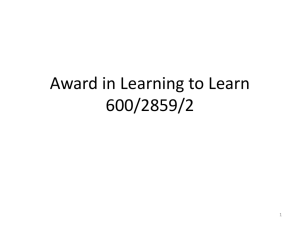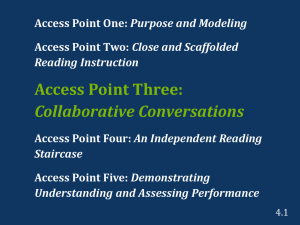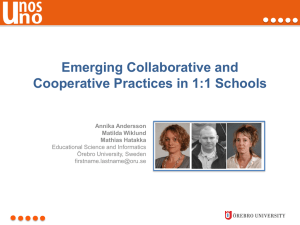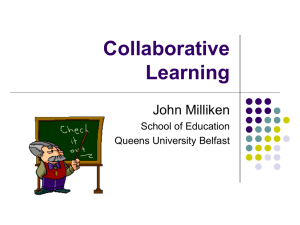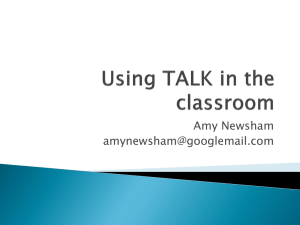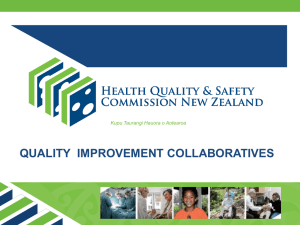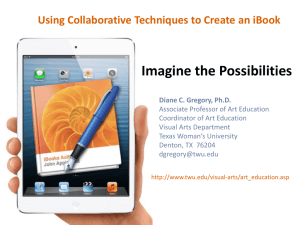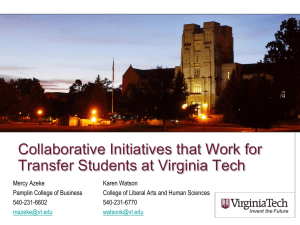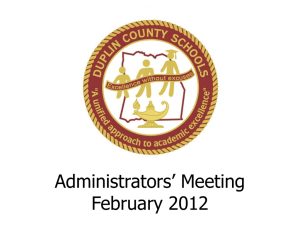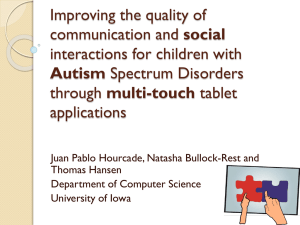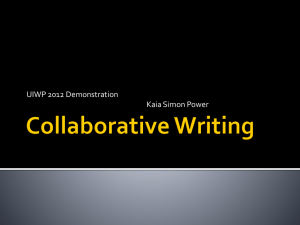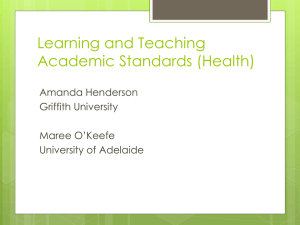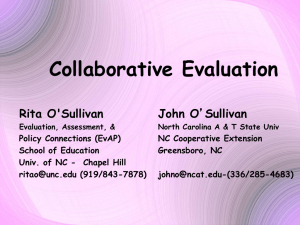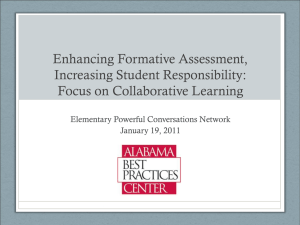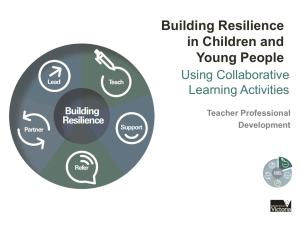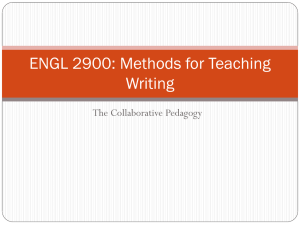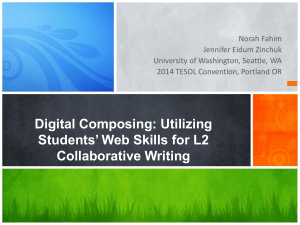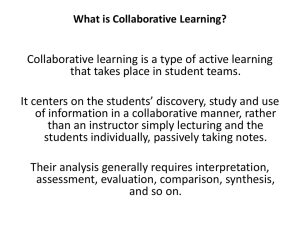Collaborative Learning
advertisement
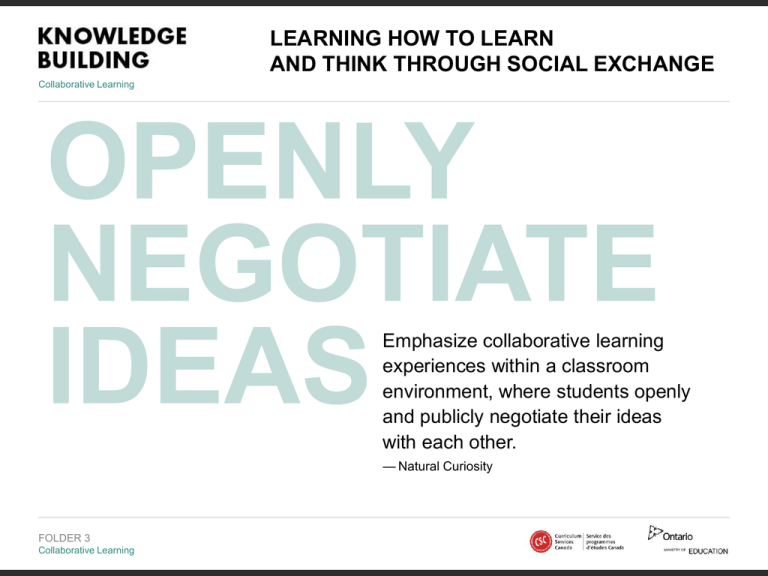
LEARNING HOW TO LEARN AND THINK THROUGH SOCIAL EXCHANGE Collaborative Learning Emphasize collaborative learning experiences within a classroom environment, where students openly and publicly negotiate their ideas with each other. — Natural Curiosity FOLDER 3 Collaborative Learning LEARNING HOW TO LEARN AND THINK THROUGH SOCIAL EXCHANGE Collaborative Learning REAL IDEAS, AUTHENTIC PROBLEMS Knowledge problems arise from efforts to understand the world. Ideas produced or appropriated are considered as real as concrete objects that are touched and felt. Problems are ones that learners really care about — they are usually very different from problems presented in textbooks and puzzles. — Principles of KB Scardamalia 2002, KB Trajectories Law 2005 FOLDER 3 Collaborative Learning LEARNING HOW TO LEARN AND THINK THROUGH SOCIAL EXCHANGE Collaborative Learning RISE ABOVE Creative knowledge building entails working toward more inclusive principles and higher-level formulations of problems. It means learning to work with diversity, complexity, and messiness, and from that, achieve new syntheses. By moving to higher planes of understanding, knowledge builders transcend trivialities and oversimplifications and reach beyond current best practices. — Principles of KB Scardamalia 2002, KB Trajectories Law 2005 FOLDER 3 Collaborative Learning LEARNING HOW TO LEARN AND THINK THROUGH SOCIAL EXCHANGE Collaborative Learning EMBEDDED, CONCURRENT AND TRANSFORMATIVE ASSESSMENT Learning communities embed assessment in their day-to-day workings in order to identify problems in knowledge advancement. Through rigorous, finely-tuned assessment, they are able to achieve transformative outcomes that exceed the expectations of external assessors. — Principles of KB Scardamalia 2002, KB Trajectories Law 2005 FOLDER 3 Collaborative Learning LEARNING HOW TO LEARN AND THINK THROUGH SOCIAL EXCHANGE Collaborative Learning INDICATORS FOR RELEVANT KB PRINCIPLES FOUND IN KB DISCOURSE Identify problems/aspects that concern one’s natural curiosity… usually very different from textbook problems and puzzles. Work with diversity, complexity and messiness…summarize and evaluate what has been learned in order to achieve new synthesis, formulate higher levels of problems and solutions. Review progress regularly by reflecting upon individual and group learning through writing reflection journals or learning portfolios. — Principles of KB Scardamalia 2002, KB Trajectories Law 2005 FOLDER 3 Collaborative Learning


